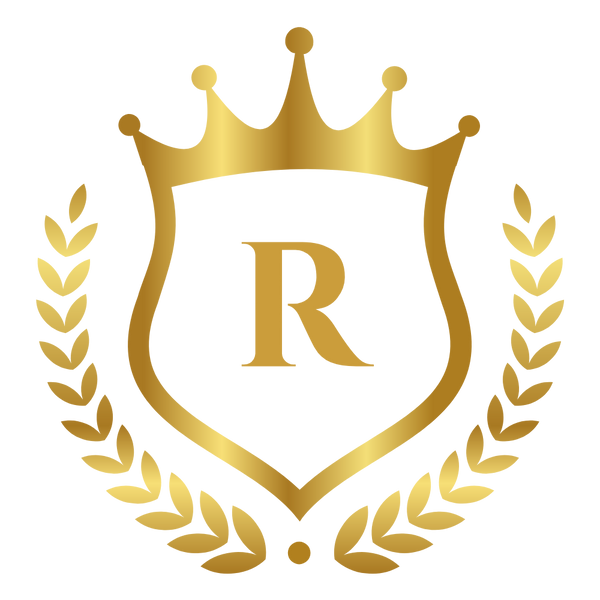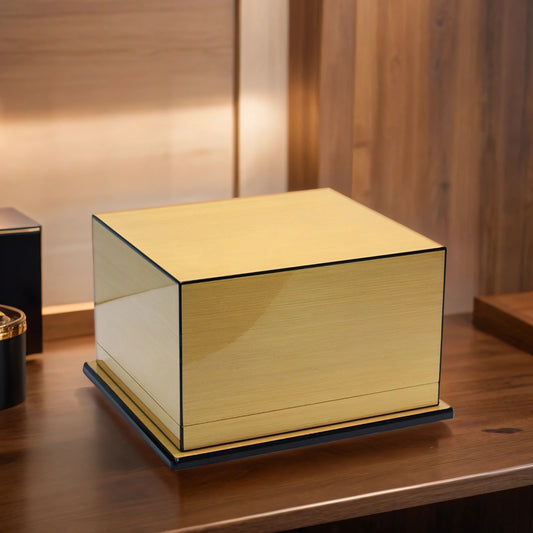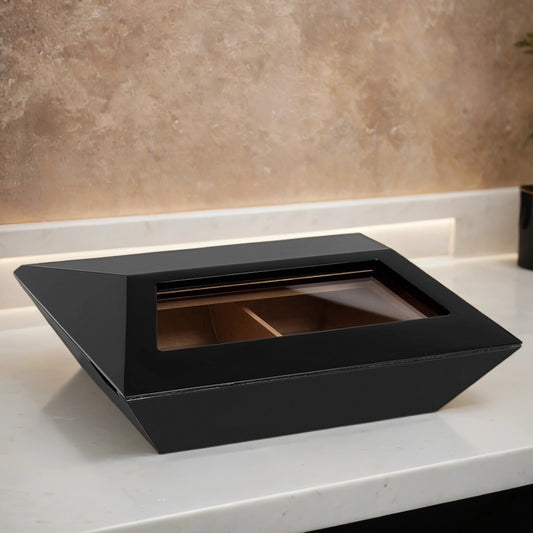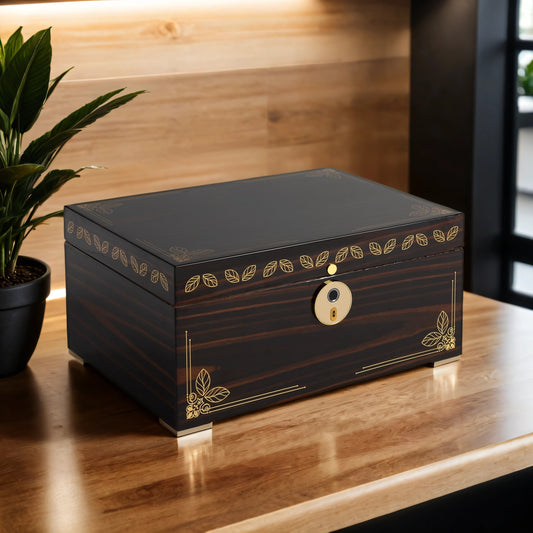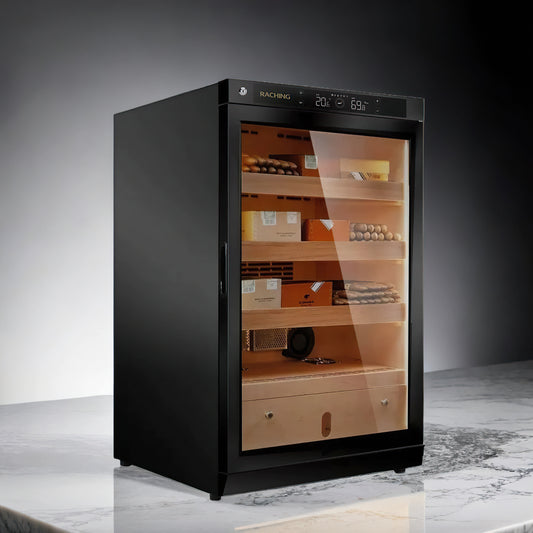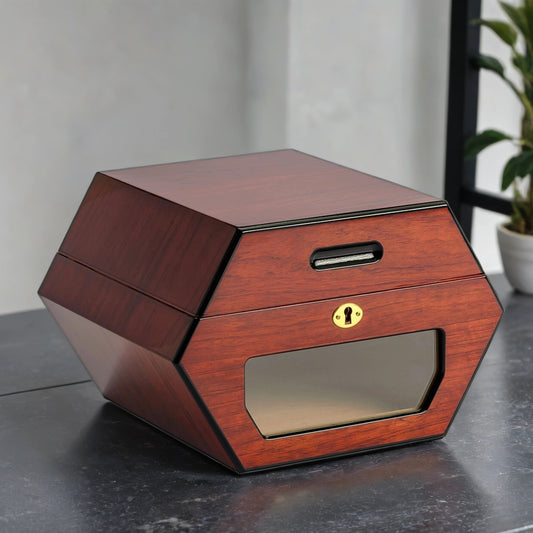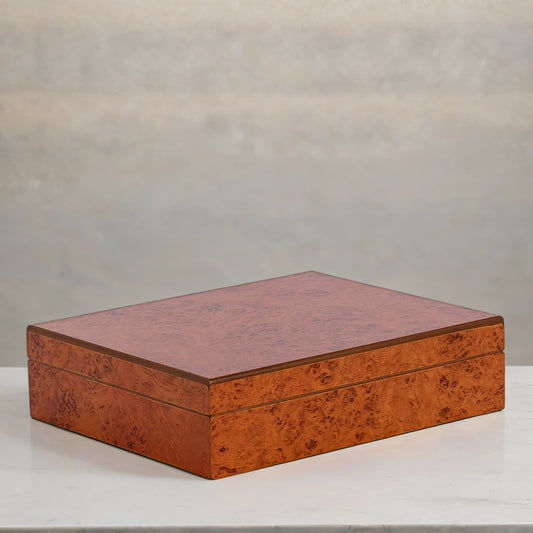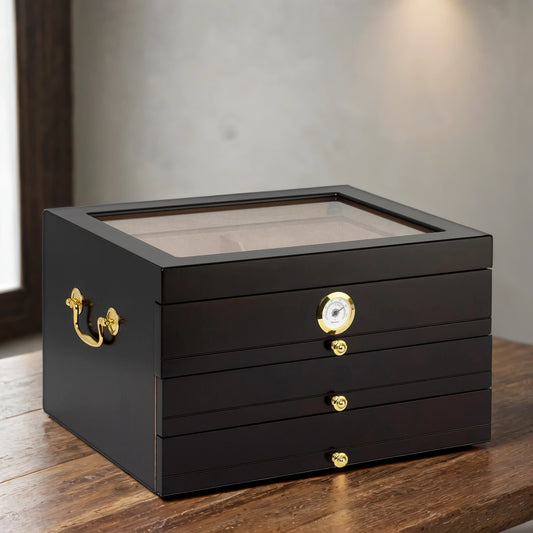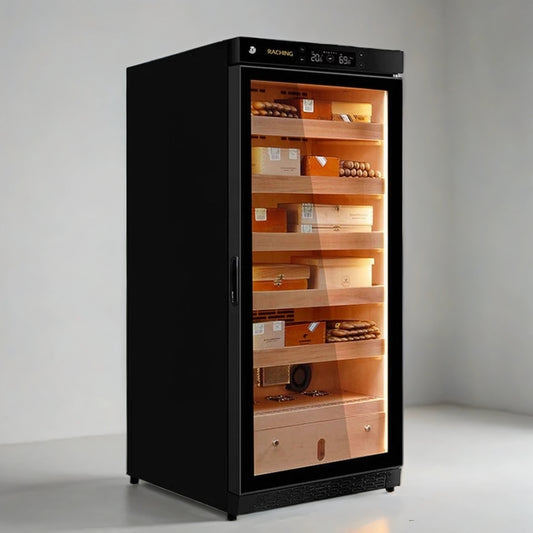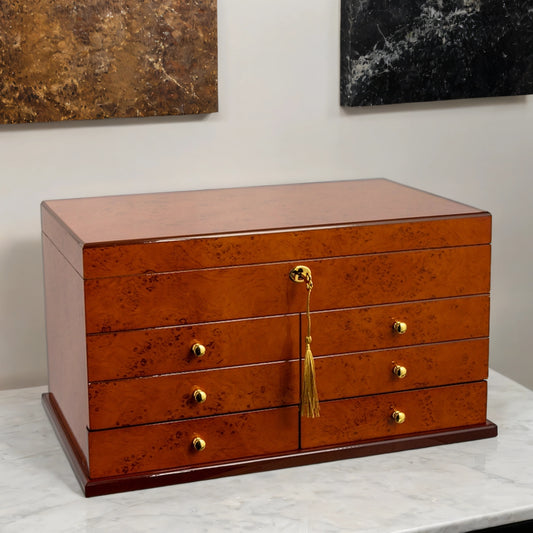
Fidel Castro and His Favorite Cigars
Fidel Castro didn’t just lead a revolution. He puffed one along, wrapped in the rich aroma of some of the world’s most coveted tobacco. For better or worse, Castro will always be tied to the legacy of the Cuban cigar, not just as a national symbol but as a personal statement. Before Cohiba became a global icon, it was Castro’s private indulgence and a strategic gift for visiting dignitaries. You could say he weaponized smooth draws and earthy notes in the name of international diplomacy.
A Teenage Start and a Father’s Influence
Castro’s love for cigars began long before Cohiba ever existed. At 15, during lunch with his father, a Spanish immigrant from Galicia who knew his way around a quality stogie, Fidel was handed his first cigar. It wasn’t a Cohiba, of course. Back then in the early 1940s, Castro likely smoked classic Cuban brands like Partagás, Bauzá, H. Upmann, and Romeo y Julieta. He especially favored the Churchill vitola, a long and slim cigar with a 47 ring gauge. He didn’t just have one. According to many who knew him, he’d often light one up right after the last was done smoldering.

The Birth of the Cohiba Legend
The real turning point in Castro’s cigar story came in 1963. A member of his security detail, Bienvenido Pérez, offered him a hand-rolled cigar from a local artisan. Castro enjoyed it so much that he tracked down the roller, and the rest, as they say, is humidified history. These cigars quickly became his favorite. By 1964, he was gifting them to diplomats, often with personalized bands, making each one feel like they’d been given the golden ticket.
By 1966, Castro went all-in and established the El Laguito factory just for the production of this new, unnamed blend. That factory produced the now-famous long, slim cigar with a pigtail cap, the Lancero. Originally dubbed "El Laguito No. 1," the cigar would later be officially named Cohiba in 1968. The shape of the cigar itself, 7.5 inches long with a 38 ring gauge, was something of a trendsetter. It basically invented the Lancero category. Castro didn’t just enjoy cigars. He helped define what a premium one should look like.
The Diplomatic Smoke
Cohibas weren’t for sale when they first came onto the scene. For years, they were reserved for Fidel himself and a lucky few foreign officials. Getting a Cohiba from Castro was like being knighted, only smokier. These weren’t just cigars. They were cultural currency. It wasn’t until 1982 that Cohibas were released to the public, instantly becoming the most sought-after smokes in the world.
The original Cohiba line included three cigars: the Panetela, the Lancero, and the Corona Especial. All of them were rolled with the same care as those first gifted to Castro by his security detail. And while Cohibas have since evolved into a wide-ranging brand with multiple lines, there’s still something special about the originals, especially the Lancero that Fidel himself would puff on during long speeches and strategy sessions.

Cigar Culture and Castro’s Enduring Influence
Say what you will about Castro’s politics, but the man knew how to savor a cigar. His passion for smoking helped solidify the image of the Cuban cigar as not just a product, but a cultural icon. In the 1960s and 70s, as Cuba became more isolated from the Western world, the allure of the forbidden Cuban cigar only grew stronger. Fidel, with a Cohiba between his fingers, became the face of both revolution and refinement.
He eventually quit smoking in 1985 for health reasons. Still, his name is forever tied to the cigar world. Even now, mention of a Cohiba conjures images of a bearded man in fatigues, leaning back in a leather chair, exhaling a cloud of sweet smoke as he contemplates geopolitics.
Final Draw
Fidel Castro didn’t just popularize the Cuban cigar. He made it iconic. From the classic Churchill smokes of his youth to the custom-blended Cohibas of his later years, cigars were more than a vice for Castro. They were a symbol of status, of Cuban craftsmanship, and of a leader who understood that sometimes, the soft power of a good cigar could speak louder than any speech.
